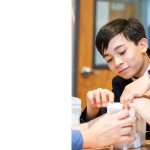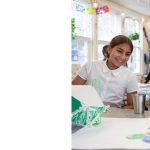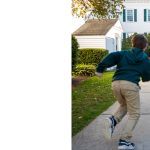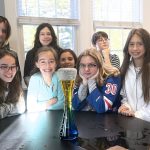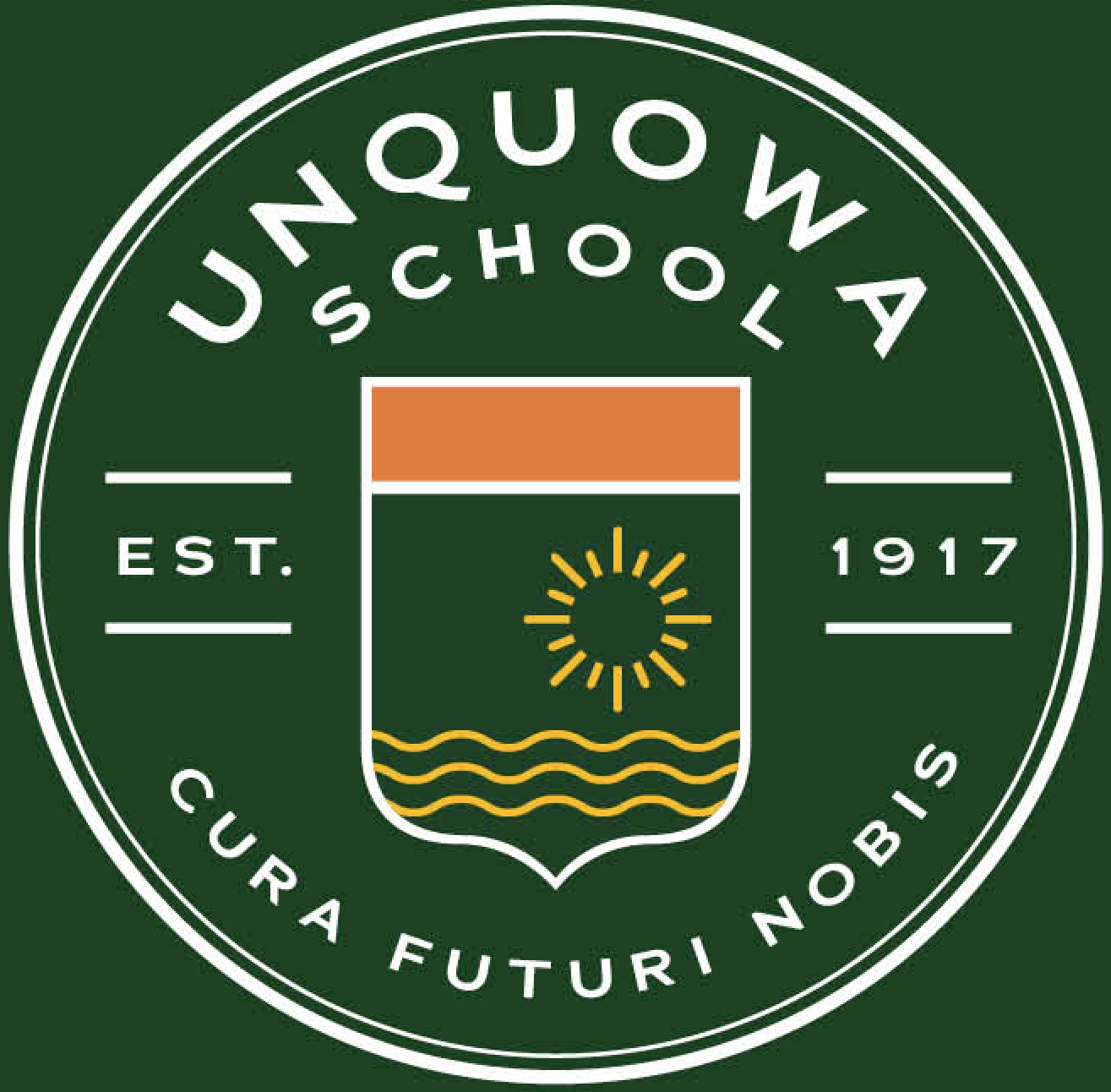Flipping Water Prompts Student Reports!
Posted by Colleen NoyesRecently, in 6th grade science, we have been studying ocean currents. After talking about how water circulates around the world, we started learning about water densities. Warm water molecules are more spread apart making them less dense and causing them to rise. Cool water is more dense, causing it to sink. After we finished our studying, we grabbed our flasks and gloves and began an experiment. We added warm water to one flask and cold water to the other and added food coloring to separate the two. We placed a piece of cardboard on top of the warm water flask and then, carefully, flipped it onto the cold water flask. We then quickly removed the cardboard and you could see the warm water sitting on top of the cold water! Just like we predicted! We had so much fun doing this experiment. Who knew water could separate from itself?!
Written by 6th grade student: Sierra
Our class has started a unit on ocean currents! To explore convection in the ocean, we tried an experiment. To start, Ms. Noyes poured hot water into a beaker, and cold water into another. Blue food dye went into the cold water, while yellow went into the hot water. Then, using a piece of cardboard on top of the yellow beaker, we flipped them onto each other, with the warm water on top. Because of convection, the colors didn’t mix and instead stayed the way they were, with yellow on top and blue on bottom. Hot air/water is less dense and lighter than cold air/water, so the hot water(or in this case yellow water!) will always rise.
Written by 6th grade student: Oola
← Top Secret: Cuban Missile Crisis If Picasso Made Witches →




